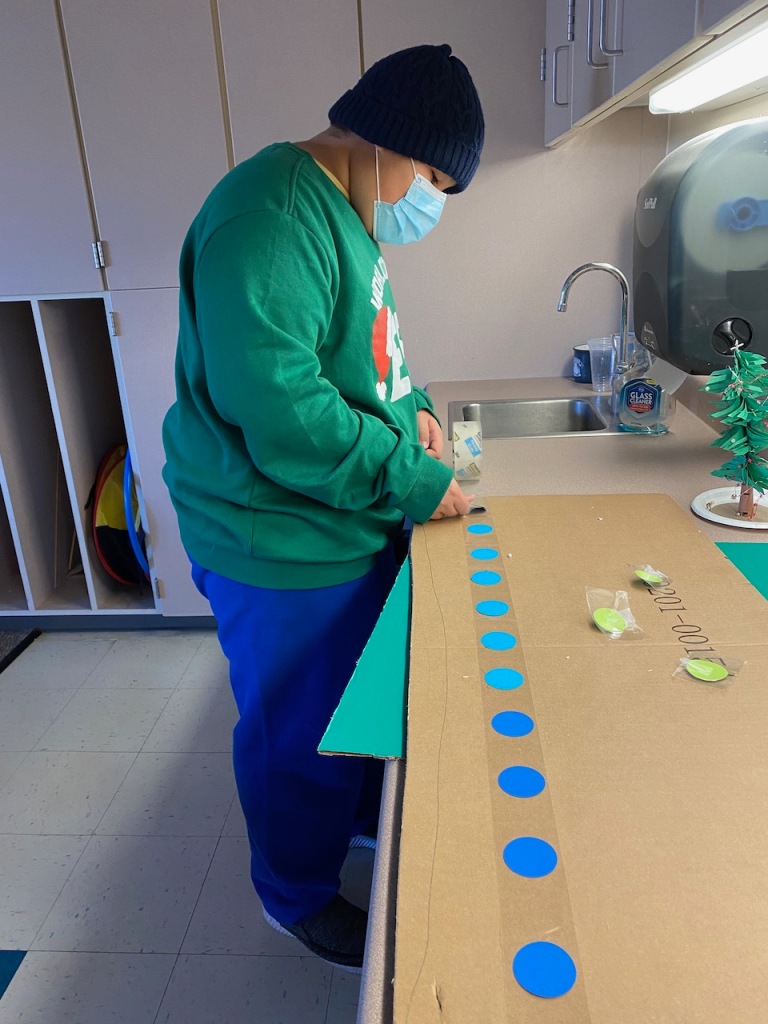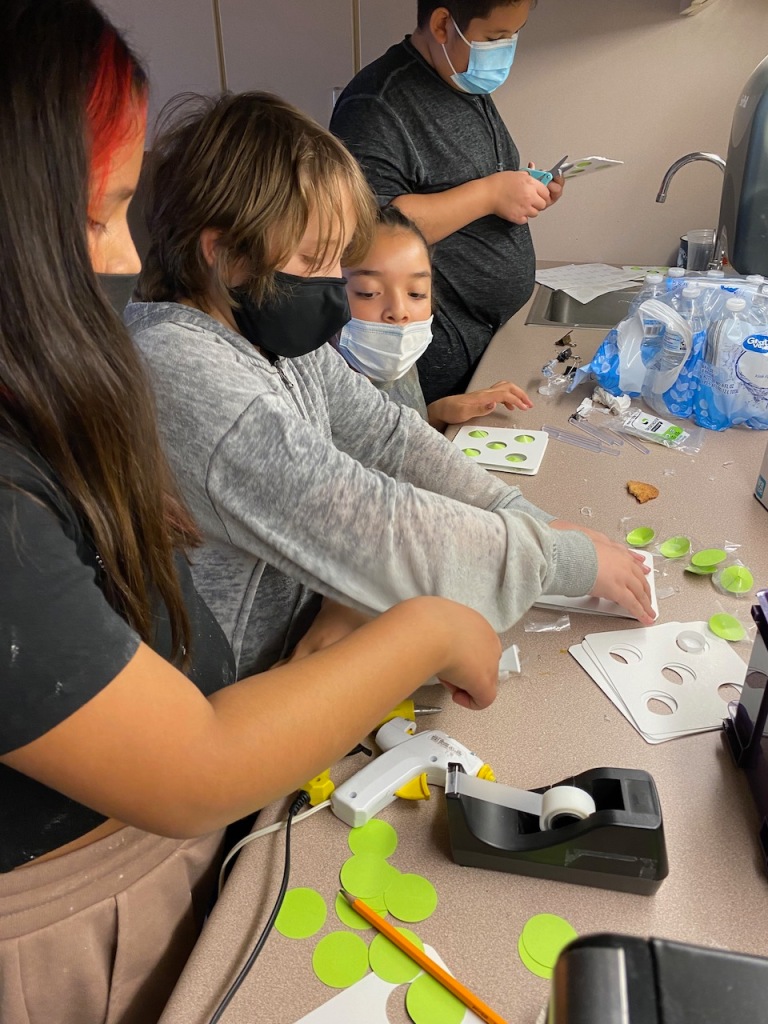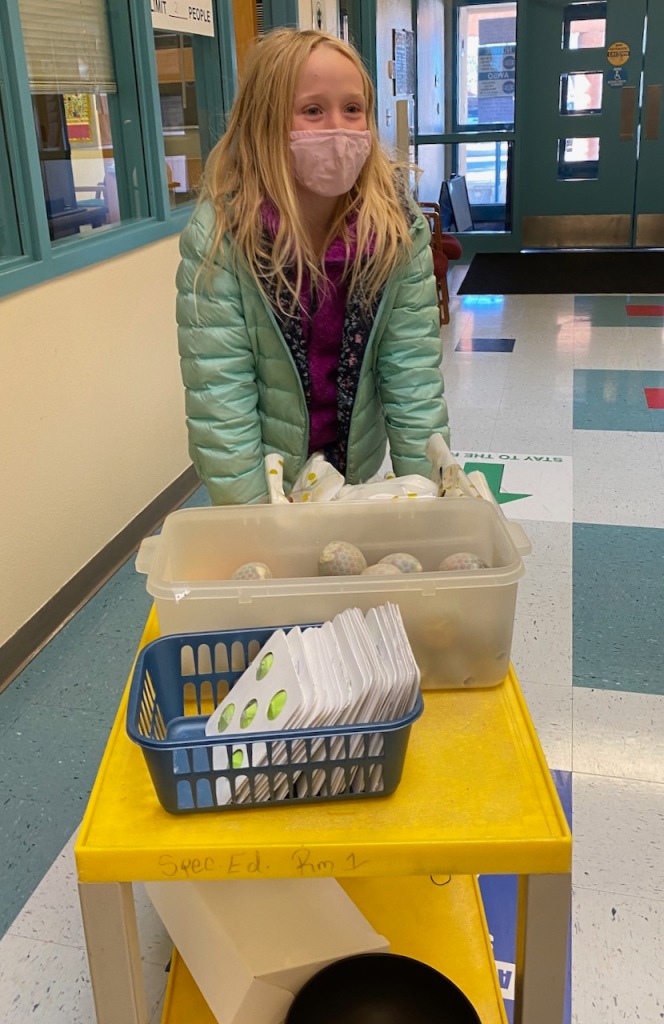Social Entrepreneurship with Elementary Students: A Perfect STEAM Lesson
I have done a social entrepreneurship unit with three groups of gifted students, grades 3rd through 6th. It was one of my favorite units . . . ever, and from their reactions, I believe it was one of theirs, too. I call it a perfect STEAM (science, technology, engineering, arts, and math) unit. The first part of this post explains some of the rationale for this project, and the second part describes the unit, itself.
Why a Unit on Social Entrepreneurship
First, I wanted my learners, who are from lower income families, to develop both an entrepreneur mindset and entrepreneur skills along with the creativity and innovation that comes with these skills.
Entrepreneurship education benefits students from all socioeconomic backgrounds because it teaches kids to think outside the box and nurtures unconventional talents and skills. Furthermore, it creates opportunity, ensures social justice, instills confidence and stimulates the economy. Because entrepreneurship can, and should, promote economic opportunity, it can serve as an agent of social justice. Furthermore, entrepreneurship has historically spurred minorities, women and immigrants to create better lives for themselves and their families. (Why Schools Should Teach Entrepreneurship)
Second, not only did I want my learners to gain entrepreneur skills, I wanted them to experience the benefits of starting a company in order to raise money to give to a “cause” also known as a form of social entrepreneurship.
Not every child is temperamentally suited to be a social entrepreneur. Not every child is suited to be a scientist, mathematician, or artist. But elementary school-age kids do have the natural curiosity, imagination, drive, and ability to come up with innovative ways to change the world for the better. By exposing our kids to a variety of disciplines, including social entrepreneurship, we are teaching them they have what it takes to “be the change.” One well-known expert on social entrepreneurship, David Bornstein, puts it this way: Once an individual has experienced the power of social entrepreneurship, he or she will “never go back to being a passive actor in society.” (Young Kids Need to Learn About Social Entrepreneurship)
Third, this unit met my own criteria for an effective and powerful unit:
- Instructional challenges are hands-on, experiential, and naturally engaging for learners.
- Learning tasks are authentic, relevant, and promote life skills outside of the formal classroom.
- The challenges are designed to be novel, and create excitement and joy for learners.
- Learner choice and voice are valued.
- Lessons address cross curricular standards. They are interdisciplinary (like life) where multiple, cross-curricular content areas are integrated into the instructional activities.
- Learning activities get learners interested in and excited about a broad array of topics especially in the areas of science, engineering, math, language arts, and the arts.
- Communication, collaboration, and problem solving are built into the learning process.
- Reading and writing are integrated into the learning activities in the form of fun, interesting books and stories, and writing stories, narratives, journalistic reports.
- Educational technology is incorporated with a focus on assisting with the learning activities not to learn technology just for the sake of learning it.
- There is a natural building of social emotional skills – tolerance for frustration, expression of needs, working as a team.
Schedule of Learning Activities
Here was the schedule of learning activities I used for this unit:
- Introduction
- Video
- Online Games
- Kidpreneurs
- Market Survey – Google Form
- Analyzing Results, Deciding of Products, Testing Products
- Expense Sheet – Expenses and Assets
- Business Plan
- Making and Selling the Products
- Visiting the Interfaith Homeless Shelter to Deliver the Profits
Introduction
The following activities were used to teach learners about entrepreneurship and social entrepreneurship:
Video. Learners were first introduced to entrepreneurship with the following video:
Kidpreneur Readings. We read the Kidpreneurs’ book and did exercises from book – these readings and exercises continued throughout the unit.
Online Games. They were then given the opportunity to play some online games that focus on entrepreneurship:
- Lemonade Stand – http://www.coolmath-games.com/0-lemonade-stand
- Coffee Shop – http://www.coolmath-games.com/0-coffee-shop
- Building Rush – https://www.coolmath-games.com/0-building-rush
- Cookie Tycoon – http://www.addictinggames.com/strategy-games/cookietycoon.jsp
- The Uber Game – https://ig.ft.com/uber-game/
Market Survey
Based on their own interests and hobbies (and with the help of the Kidpreneur workbook), my learners decided on possible products they could make (all products were handmade) and sell. They developed a market survey from this information:
Analyzing Results, Deciding of Products, Testing Products
Learners requested that their respective classes and family members take their survey. It was quite a treat watching them continually examine the graphs found on the Google form response page. Here is an example from one group’s survey:

From the results, they decided to sell:
- Orbeez Stress Balls – see https://youtu.be/DK1q7WjxcQc for instructions,
- Fingerboards – se https://youtu.be/PS0nmiMkPiY for ideas how to create these,
- Pop Its – see http://www.ikatbag.com/2021/02/cardboard-popper-tutorial-by-kate.html for instructions,
- Sugar Christmas Cookies – see https://www.allrecipes.com/recipe/10402/the-best-rolled-sugar-cookies/ for the recipe the kids used.
They started by testing out how to make these products to discover how to best produce them.
Expense Form
I acted as the bank and purchased the materials for the learners to make products. I saved the receipts, made copies of them, and had each learner create her or his Google sheet to record expenses.
Business Plan
From all of this information, the learners developed a business plan using the following Kids-Business-Plan simplified for kids. It included:
- Their business name – Gifted Community Craft Story
- Startup costs
- Cost per item
- Marketing strategies
Highlights – Making and Packaging the Products
Here is a photo essay that shows the students making and packaging the products.
Highlights – Selling the Products
Students Delivering Raised Monies to The Interfaith Community Shelter (serves the homeless)
Standards Addressed
Framework for 21st Century Learning
Financial, Economic, Business, and Entrepreneurial Literacy
- Know how to make appropriate personal economic choices
- Understand the role of the economy in society
- Use entrepreneurial skills to enhance workplace productivity and career options
Common Core State Standards – Math (budgets and money management)
- Use place value understanding and properties of operations to perform multi-digit arithmetic.
- Use the four operations to solve word problems involving distances, intervals of time, liquid volumes, masses of objects, and money, including problems involving simple fractions or decimals, and problems that require expressing measurements given in a larger unit in terms of a smaller unit. Represent measurement quantities using diagrams such as number line diagrams that feature a measurement scale.
Common Core State Standards – ELA
- Present claims and findings, sequencing ideas logically and using pertinent descriptions, facts, and details to accentuate main ideas or themes; use appropriate eye contact, adequate volume, and clear pronunciation.
ISTE Standards for Students
- Students use a variety of technologies within a design process to identify and solve problems by creating new, useful or imaginative solutions.
- Students develop and employ strategies for understanding and solving problems in ways that leverage the power of technological methods to develop and test solutions.
NAGC Standards
- Students with gifts and talents demonstrate their potential or level of achievement in their domain(s) of talent and/or areas of interest.
- Students with gifts and talents develop knowledge and skills for living in and contributing to a diverse and global society.
- Students with gifts and talents demonstrate personal and social responsibility.
- Students with gifts and talents develop competence in interpersonal and technical communication skills. They demonstrate advanced oral and written skills and creative expression. They display fluency with technologies that support effective communication and are competent consumers of media and technology.
Additional Resources
- Ten Helpful Tips To Becoming An Kidpreneur [a kid that is an entrepreneur] https://www.huffingtonpost.com/entry/ten-helpful-tips-to-becoming-an-kidpreneur-a-kid-that_us_58d42f17e4b0f633072b35c6?ncid=engmodushpmg00000004
- Lesson Plans – Teaching Entrepreneurship http://www.teachingentrepreneurship.org/category/lesson-plans/
















Leave a comment